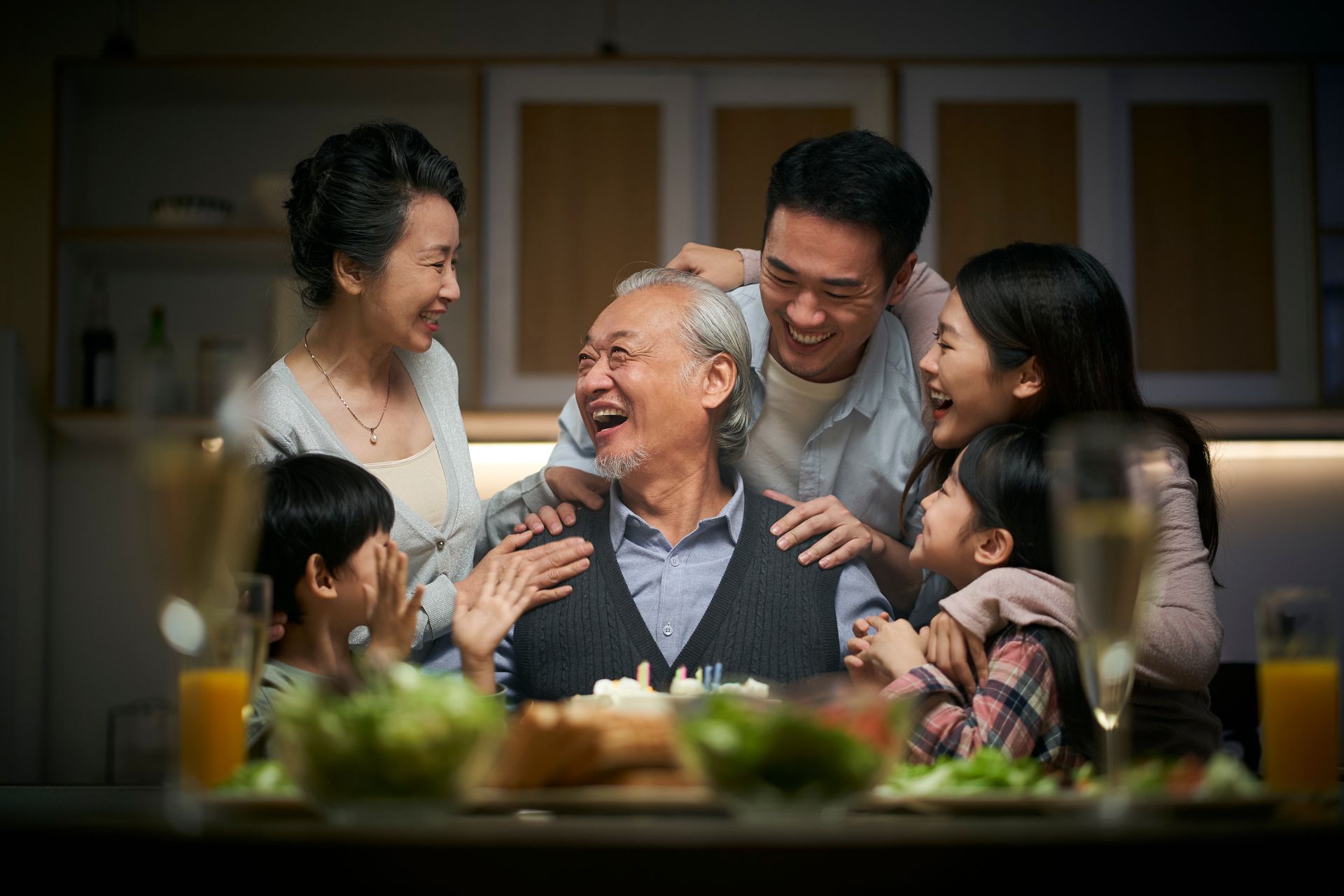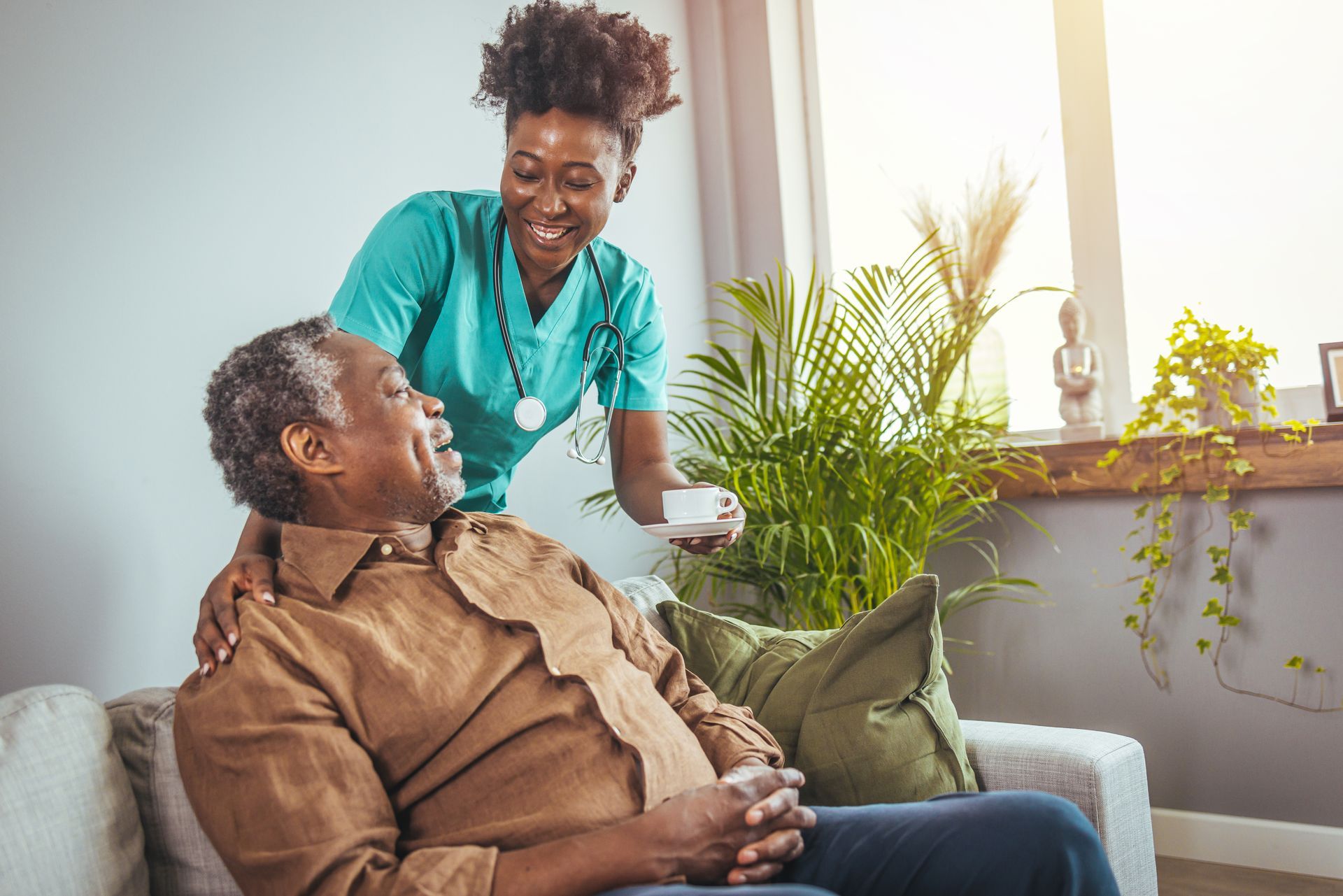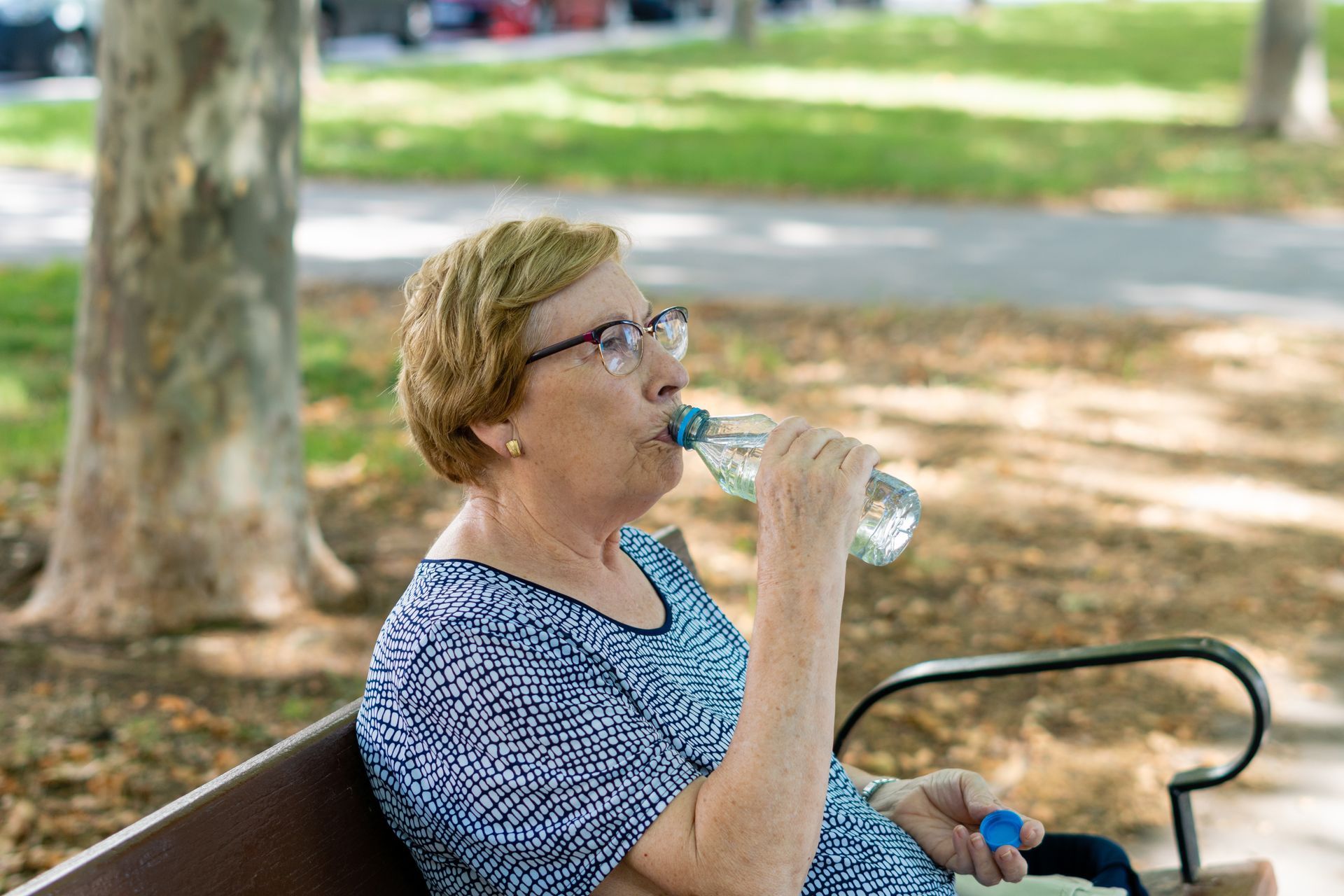BLOG
Enhancing Safety in Elderly Homes: The Crucial Role of Detection Technology
Photo by Alex Boyd on Unsplash
As the global population grows older, it's critical to improve safety protocols in elderly homes. With millions of older adults residing in assisted living settings or receiving in-home care, prioritizing their safety is essential. Falls represent a major risk for this age group, with about one in four Americans over 65 experiencing a fall each year. These incidents are not only frequent but also severe, resulting in over three million emergency department visits and more than 34,000 fatalities in the U.S. each year.
The advent of advanced detection technologies has paved the way for significant improvements in monitoring and safeguarding elderly residents. These innovations not only promise to enhance the quality of life for the elderly, but also provide peace of mind for their families and caregivers.
The Growing Need for Advanced Safety Measures
Beyond falls, seniors are also at higher risk for other health emergencies such as strokes, heart attacks, and complications from chronic illnesses. Traditional methods of supervision and manual checks, while necessary, are no longer sufficient to address these risks comprehensively.
The Rise of Detection Technologies
In response to these challenges, the healthcare sector has turned to detection technology as a critical tool in elderly care. Here are some of the key technologies transforming
safety in elderly homes:
Fall Detection Systems
Advanced fall detection systems utilize sensors and wearables to monitor an individual’s movements and detect falls in real time. These devices can differentiate between ordinary activities and fall incidents, immediately alerting caregivers and medical staff when a fall occurs; this prompt response is crucial in mitigating the severe consequences that can follow a fall.
Health Monitoring Devices
Wearable technology has evolved to monitor vital signs continuously, including heart rate, blood pressure, and respiratory rate. These devices provide real-time data to healthcare providers, allowing for timely interventions before a medical situation becomes critical. Moreover, they can track medication adherence and alert staff if a dose is missed or incorrectly administered.
Environmental Monitoring
This technology focuses on making the living environment safer. Sensors can detect smoke, carbon monoxide, extreme temperatures, and even unusual inactivity in a room. Smart home systems integrate these sensors with alarms and mobile notifications, ensuring that any potential hazards are addressed swiftly.
Movement and Location Trackers
GPS and indoor navigation technologies help monitor the location of elderly individuals, especially those prone to wandering due to
conditions like dementia. This technology ensures that individuals can be located quickly and safely within or outside the care facility.
Interactive Communication Tools
Technologies that facilitate communication between the elderly and their caregivers - such as smart speakers and emergency call systems - enhance the ability for quick reporting of issues and ensure that help is always just a shout away.
Enhanced Environmental Safety Measures
In addition to standard safety protocols, the implementation of specialized environmental monitoring technologies such as smoke detectors, carbon monoxide alarms, and vape smoke detectors can significantly enhance safety in elderly homes.
Vape smoke detectors are particularly useful in facilities where there is a policy against smoking, as these devices can detect and differentiate vape smoke from regular smoke. This capability is crucial for preventing health risks associated with inhalation and ensuring compliance with no-smoking policies. Such technologies not only prevent potential emergencies, but also help maintain a safe and healthy living environment for elderly residents and
for workers.
AI Innovations in Elderly Care

Photo by Alexander Sinn on Unsplash
In the realm of elderly care, technological innovations, particularly those involving artificial intelligence (AI) and machine learning, are breaking new ground. These advanced technologies are being developed to enhance the predictive capabilities of care systems, aiming to intervene before accidents or health emergencies occur.
AI-Driven Analytics for Predictive Healthcare
One of the most promising areas of development is AI-driven analytics. These systems analyze a wide array of data, including behavior patterns and physiological signals, to assess risk and predict potential health issues. For instance, by monitoring changes in walking speed, sleep patterns, or even heart rate variability, AI algorithms can alert caregivers to subtle signs of deteriorating health conditions that may precede serious incidents like falls or strokes.
Machine learning models are trained on vast datasets that can include years of health data from thousands of individuals. This training allows the models to recognize complex patterns that might not be evident to human observers. For example, a sudden decrease in physical activity combined with subtle changes in blood pressure could indicate an increased risk of a cardiac event. By identifying these patterns, the technology enables proactive rather than reactive care, potentially saving lives through early intervention.
Machine Learning for Fall Prevention
Falls are a major concern in elderly care, often leading to severe injuries and long-term health consequences. Here, machine learning algorithms play a critical role. These systems can analyze motion data collected from sensors worn by the elderly or embedded in the environment. Through continuous monitoring, the algorithms learn to distinguish between normal activity and anomalies that may signify a fall or the likelihood of one occurring soon.
For instance, a slight hesitation in gait or a minor unsteadiness that becomes more frequent could be early indicators of balance issues. AI systems can flag these signs for further assessment and intervention, such as physical therapy to strengthen balance, adjustments in medication, or modifications in the living environment to prevent falls.
Challenges and Ethical Considerations
The integration of advanced detection technologies in elderly care, while laden with significant benefits, brings forth a series of implementation challenges and ethical considerations that must be meticulously managed. Among the most pressing issues are privacy concerns. Continuous monitoring and the associated data analysis involve handling sensitive personal information, which can be perceived as intrusive by the elderly and their families. It is crucial that the implementation of such technologies is governed by stringent privacy protocols. This includes ensuring robust data security measures are in place and gaining explicit consent from all parties involved, thereby building trust and acceptance.
Moreover, the accuracy of AI-driven predictions is vital for the reliability of these technologies. Ensuring that these systems minimize false positives and negatives is essential, as inaccuracies can lead to unnecessary alarms or overlooked incidents, both of which could undermine trust in the technology. Additionally, ethical considerations extend beyond privacy and accuracy; they also encompass the cost implications of deploying such advanced systems. The financial burden of these technologies can be significant, potentially limiting access to only those elderly homes or individuals who can afford them. This raises concerns about equity and access to care, necessitating a call for policymakers to consider financial support or subsidies to ensure these
beneficial technologies are accessible to all elderly homes, regardless of economic status.
Addressing these challenges and ethical considerations is not only about enhancing the effectiveness of technology in elderly care, but also about ensuring that it is used in a way that respects the dignity and rights of the elderly. By navigating these issues carefully, stakeholders can help foster an environment where technology serves as a tool for enhancing safety and quality of life, without compromising the values of privacy and ethical responsibility.
Safety, Dignity and Independence
Detection technology in elderly homes is not just about preventing accidents; it's about creating an environment where the elderly can live safely, with dignity, and with as much independence as possible. As technology advances, the potential for improving elder care is boundless. However, it requires careful consideration of ethical issues and proactive policy-making to ensure that the benefits of technology can be enjoyed by all seniors, regardless of their economic situation. By prioritizing the safety and well-being of our elderly population through advanced detection technologies, we can significantly enhance the standard and quality of care provided in elderly homes around the world.















